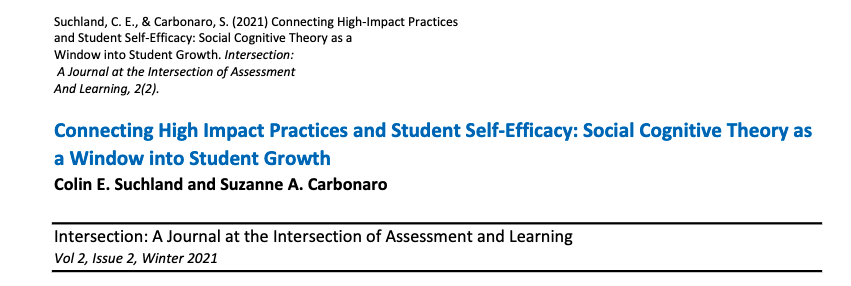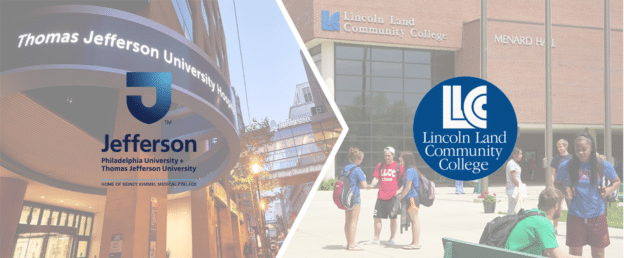Connecting high impact practices (HIPs) and student self-efficacy: Social Cognitive Theory as a window into student growth
Dr. Colin Suchland and I embarked on a study of high-impact practices at the community college level, about 18 months ago. Our work led to a number of interesting opportunities to look at HIPs but it was not until we were shut down due COVID-19, that we determined that there could be a connection between HIPs and Social Cognitive Theory (SCT) and this connection should be explored.

“Connecting High Impact Practices and Student Self-Efficacy: Social Cognitive Theory as a Window into Student Growth,” was published in the Winter 2021 Intersection: A Journal at the Intersection of Assessment and Learning, which is the official journal of the Association for the Assessment of Learning in Higher Education (AALHE).
This was a very impactful experience for myself and Colin, as we learned more about how to continue to engage students despite being socially distanced, how important it was to anchor the implementation of HIPs into a framework that outlines the specific practices and behaviors expected of students and to include the student voice and choice into HIPs-based curricula.

This methodology paper combines the literature of HIPs with SCT and presents research tested in an undergraduate sociology class during the pandemic. Within the study, we share our HIPs framework, rubric, and instrument for capturing pre/post-self-efficacy, all created and managed within AEFIS, an all-in-one assessment management platform.









Connecting high impact practices (HIPs) and student self-efficacy: Social Cognitive Theory as a window into student growth Discussion